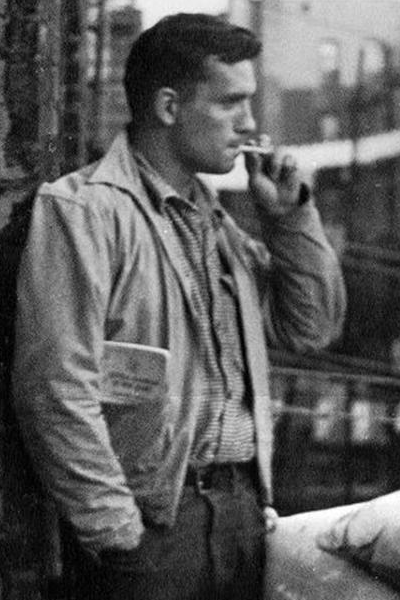Essentials of Spontaneous Prose by Jack Kerouac
Jack Kerouac's name is synonymous with the Beat Generation and the literary movement that transformed American literature in the mid-twentieth century. While Kerouac is best known for his seminal work, On the Road, his contributions to the craft of writing extend far beyond this iconic novel. One of his most enduring legacies is the 'Essentials of Spontaneous Prose', a collection of techniques and principles that can help writers unlock their creativity and achieve a more authentic and vivid style of writing. In this article, we delve into these essentials, exploring the ways in which they can transform the way we approach writing, and examining the enduring relevance of Kerouac's ideas for writers today.
We have organized these essentials into tabs, which you can click on to deep-dive into each technique and gain a greater understanding of how to apply them to your own writing.
Each tab provides a detailed breakdown of the idea, highlighting different aspects of the technique, its intended purpose, and how it can change the way you write. You'll learn why you might want to experiment with the technique, what it seeks to accomplish, and how you can implement it in your own writing process.
How can writers employ Jack Kerouac's "Essentials of Spontaneous Prose" in their own writing

Jack Kerouac's concept of "spontaneous prose" is a writing technique that emphasizes the importance of letting the words flow freely and spontaneously, without stopping to edit or censor oneself. This approach allows writers to capture their thoughts and experiences in a raw and unedited form, and can be a powerful tool for unlocking creativity and spontaneity in their writing.
Writers can employ Kerouac's essentials of spontaneous prose in their own writing in a number of ways:
Write in a stream-of-consciousness style. One of the key elements of Kerouac's spontaneous prose is the idea of capturing thoughts and experiences in a raw, unedited form. Writers can use a stream-of-consciousness style, in which they let their thoughts and experiences flow freely onto the page without stopping to edit or censor themselves, to capture the spontaneity and authenticity of their experiences.
Use automatic writing as a way to access the unconscious mind. Kerouac's spontaneous prose involves letting the words flow freely and spontaneously, without stopping to think or censor oneself. One way to do this is to use automatic writing, in which the writer allows their hand to move freely across the page, writing whatever comes to mind without stopping to think or edit. This can be a powerful way to access the unconscious mind and uncover hidden thoughts and feelings.
Jack Kerouac reads On The Road Audiobook with English subtitles
Experiment with different forms of free writing. Kerouac's spontaneous prose involves letting the words flow freely and spontaneously, and writers can experiment with different forms of free writing to unlock their creativity and spontaneity. For example, writers could try timed writing, in which they set a timer and write continuously for a set period of time without stopping to edit or censor themselves, or they could try writing without using punctuation, to create a more fluid and spontaneous flow of words.
Embrace this creative and unique approach to writing, and follow the free-flowing and spontaneous nature of your thoughts, leading to a dynamic and expressive writing style. It features a rhythm and timing that captures the essence of the moment, creating a more intimate connection to the reader that makes your writing more rich, detailed, and interesting. Exploring your own memories and experiences to find your own unique voice and perspective will make your writing personal and authentic. Don't limit yourself with conventional punctuation rules. Free your subconscious mind and let your raw unfiltered thoughts and ideas flow in a raw and unrefined manner. This results in powerful and impactful writing, and helps guide your writing process and focus your attention and creativity.
Kerouac's concept of spontaneous prose can be a powerful tool for writers looking to unlock their creativity and spontaneity, and to capture their thoughts and experiences in a raw and authentic form. By letting the words flow freely and spontaneously, writers can create unique and authentic works that capture the essence of their experiences and emotions.
Kerouac, Ginsberg and Gang in New York City


